Ono MT; Karner BM
Plastic and Reconstructive Surgery Global Open. 2019; 7 (11):e2523
 La mastopexia de aumento es uno de los desafíos más difíciles que enfrentan los cirujanos plásticos, especialmente en lo que respecta a la sostenibilidad de la plenitud del polo superior y la corrección de la ptosis del polo inferior. Describimos nuestra técnica para la mastopexia de aumento que proporciona soporte muscular inferolateral al implante y estandariza una secuencia de etapas quirúrgicas para resolver múltiples situaciones y presentar los resultados de los pacientes que se sometieron a dicho abordaje.
La mastopexia de aumento es uno de los desafíos más difíciles que enfrentan los cirujanos plásticos, especialmente en lo que respecta a la sostenibilidad de la plenitud del polo superior y la corrección de la ptosis del polo inferior. Describimos nuestra técnica para la mastopexia de aumento que proporciona soporte muscular inferolateral al implante y estandariza una secuencia de etapas quirúrgicas para resolver múltiples situaciones y presentar los resultados de los pacientes que se sometieron a dicho abordaje.
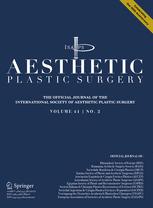 Breast implant-associated anaplastic large cell lymphoma (BIA-ALCL) is an uncommon T-cell, CD-30+/ALK lymphoma. Late (9 years) periprosthetic fluid (seroma) is the most common presentation (90% of the cases). A combination of textured breast implant, bacterial contamination, and genetic predisposition seems to be necessary for BIA-ALCL to occur. There are 35 million patients with implants in the world, and at the present moment, 573 cases of BIA-ALCL have been reported.
Breast implant-associated anaplastic large cell lymphoma (BIA-ALCL) is an uncommon T-cell, CD-30+/ALK lymphoma. Late (9 years) periprosthetic fluid (seroma) is the most common presentation (90% of the cases). A combination of textured breast implant, bacterial contamination, and genetic predisposition seems to be necessary for BIA-ALCL to occur. There are 35 million patients with implants in the world, and at the present moment, 573 cases of BIA-ALCL have been reported.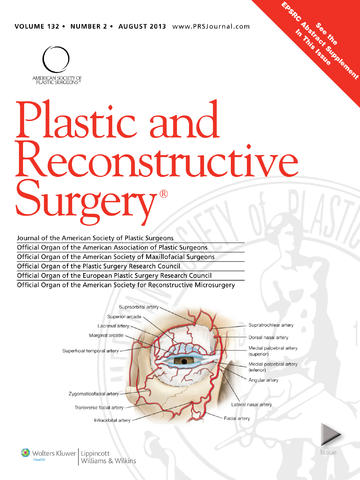
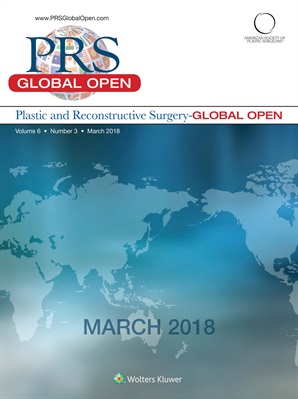 The usage of antibiotics and antiseptics to washout the breast pocket, or to soak the breast implant during surgery, has come under scrutiny in recent times. Guidelines from the Centers for Disease Control and Prevention give no recommendation for or against the usage of antibiotics in this regard. They do however offer a weak recommendation for washing tissues with iodophor. This systematic review aims to investigate the efficacy and impact of such topical antibiotic or antiseptic usage in reducing infection rates.
The usage of antibiotics and antiseptics to washout the breast pocket, or to soak the breast implant during surgery, has come under scrutiny in recent times. Guidelines from the Centers for Disease Control and Prevention give no recommendation for or against the usage of antibiotics in this regard. They do however offer a weak recommendation for washing tissues with iodophor. This systematic review aims to investigate the efficacy and impact of such topical antibiotic or antiseptic usage in reducing infection rates.
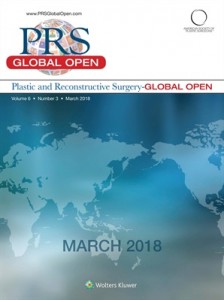
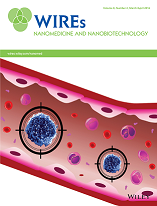 This advanced review will discuss the history of implants used in breast reconstruction and augmentation, the most frequently performed plastic surgery today. Currently, only silicone rubber-based silica nanocomposite implants are available in the United States. The most prevalent issues involving breast implants include capsular contracture, gel bleed, implant rupture, and infection. The goal of this review is to survey the literature from the perspective of material science.
This advanced review will discuss the history of implants used in breast reconstruction and augmentation, the most frequently performed plastic surgery today. Currently, only silicone rubber-based silica nanocomposite implants are available in the United States. The most prevalent issues involving breast implants include capsular contracture, gel bleed, implant rupture, and infection. The goal of this review is to survey the literature from the perspective of material science.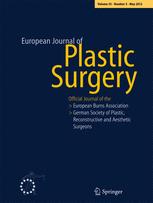 Preoperative implant planning for breast reconstruction is often at risk of being changed perioperatively. This study examined which factors are associated with a change of implant selection.
Preoperative implant planning for breast reconstruction is often at risk of being changed perioperatively. This study examined which factors are associated with a change of implant selection. Implant infections in the setting of breast reconstruction present a significant setback for patients with breast cancer. Traditional management of implant infections is predicated on the operative removal of the implant and delayed replacement. Another option for implant infection management has emerged in which the soft tissue infection is neutralized, the implant is removed, the surgical site is washed out, and a new implant replaced immediately. In this study, we present our findings with the implementation of this technique and an algorithm for choosing which patients are the most appropriate candidates on the basis of a retrospective review.
Implant infections in the setting of breast reconstruction present a significant setback for patients with breast cancer. Traditional management of implant infections is predicated on the operative removal of the implant and delayed replacement. Another option for implant infection management has emerged in which the soft tissue infection is neutralized, the implant is removed, the surgical site is washed out, and a new implant replaced immediately. In this study, we present our findings with the implementation of this technique and an algorithm for choosing which patients are the most appropriate candidates on the basis of a retrospective review.





 Sitio web publicado el
Sitio web publicado el
Los lectores comentan